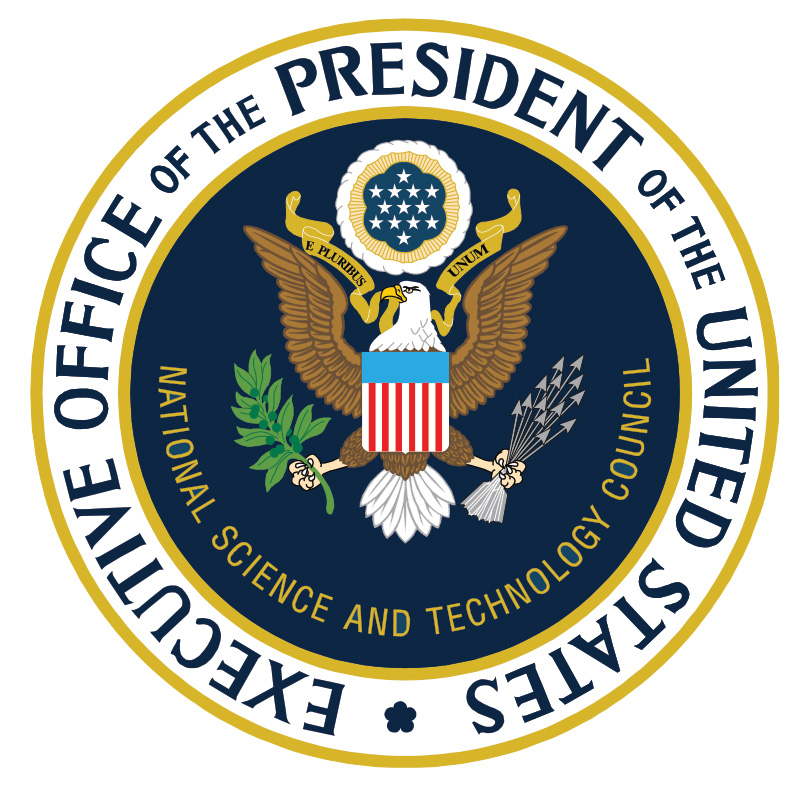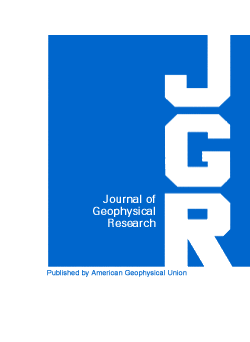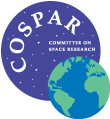Tamas Gombosi has played an active role at levels of the space science community. He served as Editor of a major publication, chaired international committees, actively participated in national organizations, and is a leader at the University of Michigan. Here are some highlights from his community service.
Editorial Experience
He was Senior Editor of the Journal of Geophysical Research — Space Physics (1992-1997). This journal publishes about 600 papers annually, and is the word’s leading publication in the area of aeronomy, magnetospheric physics, and solar system astrophysics. Additional editorial experience includes:
- Member, Publishing Policy Committee, American Institute of Physics (AIP), 1998–2000.
- Editor of four scientific monographs.
- Associate Editor, Icarus, 1991–1997.
- Member, Translation Journals Board, American Institute of Physics (AIP), 1993–1997.
- Member, Publications Committee, American Geophysical Union, 1990–1992.
- Associate Editor, Geophysical Research Letters, 1986–1988.
International Organizations
Served on a large number of international scientific committees. An incomplete list includes:
- Member, Basic Sciences Committee, International Academy of Astronautics, 1994–present.
- Chair, COSPAR Commission D (Space Plasmas including Planetary Magnetospheres), 1996-2000.
- Chair (1987–91) and Co-chairman (1979–87), IAGA Division IV (Solar Wind and Interplanetary Magnetic Field).
- Executive Committee Member, COSPAR Commission B1, 1984–88.
- Executive Committee Member, COSPAR Commission D, 1982–86.
- Member, Project Steering Group, International VEGA Project, 1981–86.
National Organizations and Committees
Served on a large number of NASA and NSF selection committees. An incomplete list of other committee service is:
- Member, Space Weather Advisory Group (SWAG), a Federal Advisory Committee for the Space Weather Operations, Research, and Mitigation (SWORM) Interagency Working Group (IWG), National Science and Technology Council (NSTC) of the President, 2021–2024.
- Member, NASA Living with a Star (LWS) Targeted Research and Technology Steering Committee, 2012–2013.
- Member, NRC Decadal Survey of Heliophysics, R2O/O2R Subcommittee, 2010–2011.
- Chair, NSF Advisory Subcommittee for Atmospheric and Geospace Sciences, 2009–2010.
- Member, NSF Advisory Committee for Geosciences, 2008–2010.
- Chair, NASA Living with a Star Targeted Research and Technology Stearing Committee, 2005–2006.
- Co-Chair, NASA Advanced Modeling and Simulation Technology Capability Roadmap team, 2004–2005.
- Member, Committee on Solar and Space Physics, Space Studies Board, US National Research Council, 1996–1999.
- Co-Chair, Magnetosphere and Plasma Science Working Group, Cassini Mission, 1991–present.
- Member, Cassini Mission Project Science Group, 1990–present.
- Member, NASA Planetary Atmospheres Management Operations Group, 1991–93.
- Member, NASA Space Physics Theory Working Group, 1990–93.
University of Michigan Committees
- Program Advisor, Interdepartmental Graduate Program in Space and Planetary Physics, 1996–present.
- Program Advisor, Master of Engineering in Space Systems, 1995–2004.
- Member, AERO-AOSS Merge Committee, 2002–03.
- Chair, AOSS Space Physics Tenure-Track Faculty Search Committee, 1998–99.
- Member, AOSS Departmental Review Committee, 1998.
- Chair, SPRL Review Committee, 1998.
- Member, Aerospace Engineering Department Chair Search Committee, 1995-1996.
Related Stories

National Science and Technology Council (NSTC). NSTC is the principal means by which the Executive Branch coordinates science and technology policy. Office of Science and Technology Policy (OSTP). OSTP provides the President with advice on the scientific, engineering, and technological aspects of the economy, national security, homeland security, health, foreign relations, the environment, and the technological recovery and use of resources, among other topics. Space Weather Operations, Research, and Mitigation (SWORM) Subcommittee. The SWORM Subcommittee coordinates Federal Government departments and agencies to enhance national capabilities in promoting resilience to the effects of space weather. Space Weather Advisory Group (SWAG) SWAG advises the SWORM working group on improving the ability of the United States to prepare for, mitigate, respond to, and recover from space weather storms. The SWAG walso advises on enhancing the transition of research to operations and operations to research; and developing and implementing an integrated space weather observation strategy.

The Journal of Geophysical Research–Space Physics is the leading publication in space physics. full story…

After the USSR launched its first Earth Satellite in 1957 and thereby opened the space age, the International Council of Scientific Unions (ICSU), now the International Council for Science, established its Committee on Space Research (COSPAR) during an international meeting in London in 1958. COSPAR’s first Space Science Symposium was organized in Nice in January 1960. COSPAR’s objectives are to promote on an international level scientific research in space, with emphasis on the exchange of results, information and opinions, and to provide a forum, open to all scientists, for the discussion of problems that may affect scientific space research. full story…
